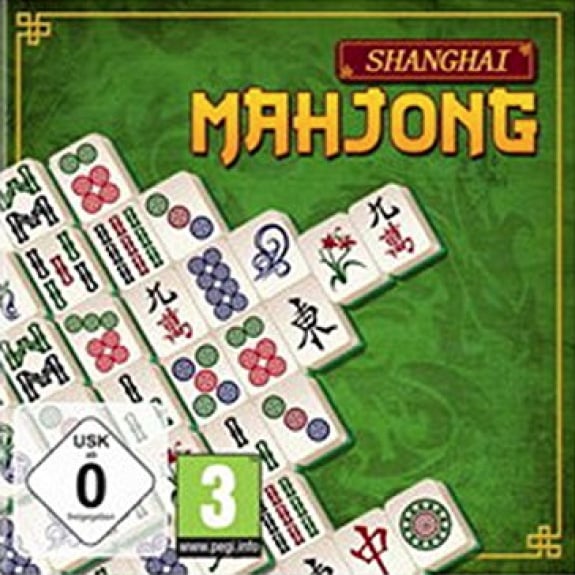

You simply will not find better visuals than these in strategy/puzzle games of this variety.
There is no support here for 3D hardware video acceleration, but none is needed. Each of the tile sets is beautifully drawn, as are the game backgrounds, and the animation when you match tiles or win a game is often spectacular. The graphics in this game are uniformly excellent. You have lots of choices available directly affecting the challenge of the game, such as the ability to backtrack in your moves or reshuffle remaining tiles if you get stuck but my favorite option guarantees that each board layout generated will be solvable. Joystick and keyboard use just do not make sense for this kind of game. The menus in the game are all very clearly laid out, and navigating them and playing the game is all intuitively controlled by the mouse. While some of the animations become overly familiar after extended gameplay, they nonetheless generally significantly enhance the gaming experience.
#Activision shanghai mahjong full#
When you match tiles, you witness highly creative animations, and when you complete a game you are treated to a brief full screen video clip and a fortune-cookie-like positive message. (However there was a long biased discussion about the origin.) As written by some a computer based (unix) mahjong solitaire game shall have existed already in 1981.The game itself differs from the atmosphere of quiet serenity so common in computerized versions of this pastime. Brad Fregger writes in his book "Lucky that way" that Brodie Lockard the original programmer said so. "Shanghai" may be based on a few hundered years old Chinese game 'The Turtle'. Other names are 'The Turtle' or 'Shanghai Solitaire' and known brandnames are Taipei, Kyodai, Shanghai or Moraff's. Though there still doesn't exist a universally accepted one the game is mostly called MahJongg Solitaire (or Solitaire MahJongg). As the game is based on mahjong tiles some confusion arose with the 4 player mahjong game on the search for a new name. The name "Shanghai" got trademarked by Activision. The game became very successful and around 10 million copies were sold. Brodie Lockard had the idea and was the programmer, Brad Fregger was the producer. Shanghai was released in 1986 by Activision (USA, California) as a computer game for the Macintosh.

Shanghai can be played either solo, or with a partner in which case the aim is either to accumulate the most pairs, or to be the last one to match a pair. These games also have an optional time limit, and offer hints/cheat options such as the ability to have a match found for you, or to backtrack and undo already made moves if the game isn't working out.
#Activision shanghai mahjong series#
Some electronic shanghai games offer extra options, such as the ability to change the tile set and patterns from the traditional tiles to flowers, jewels or some other item that may be easier to match up at a glance, to play a series of different layouts with increasing levels of difficulty (usually given chinese names such as 'the ox' or 'the snake'). This removes the tedium of the set-up process and the temptation to cheat. While Shanghai solitaire can be played using genuine tiles and a special wooden frame for set-up, it is usually played in an electronic form as a computer game. the three Dragons (red, white and green) (four of each dragon).the four flowers ( Orchid, plum, chrysanthemum, bamboo) Unique tiles that function as a set.the four seasons (Spring, Summer, Autumn and Winter) Unique tiles that function as a set.four winds (North, South, East and West) (four tiles for each wind).characters (nine values, with four tiles of each number).bamboos or bams (nine values, with four tiles of each number).circles or coins (nine values, with four tiles of each number).The game is finished when either the grid is empty, or there are no exposed pairs remaining. The aim of the game is to clear the grid by pairing up all the tiles. Exposed pairs of tiles are removed from the grid one at a time, gradually exposing the lower layers to play. The 160 tiles are arranged in a special four-layer grid with their faces upwards. Mahjong solitaire Mahjongg solitaire (also known as shanghai solitaire, electronic mahjong) is a three-dimensional solitaire matching game that uses the tiles from a mahjong set rather than cards.


 0 kommentar(er)
0 kommentar(er)
